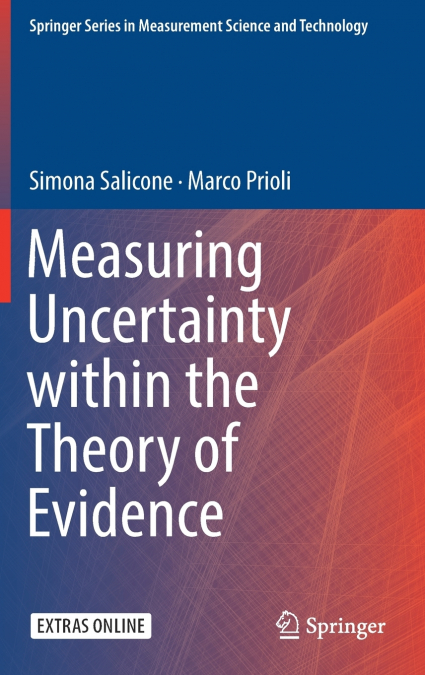
Marco Prioli / Simona Salicone
1. Introduction.- Part I: The background of the Measurement Uncertainty.- 2. Measurements.- 3. Mathematical Methods to handle Measurement Uncertainty.- 4. A first, preliminary example.- Part II: The mathematical Theory of the Evidence.- 5. Introduction: probability and belief functions.- 6. Basic definitions of the Theory of Evidence.- 7. Particular cases of the Theory of Evidence.- 8. Operators between possibility distributions.- 9. The joint possibility distributions.- 10. The combination of the possibility distributions.- 11. The comparison of the possibility distributions.- 12. The Probability-Possibility Transformations.- Part III: The Fuzzy Set Theory and the Theory of the Evidence.- 13. A short review of the Fuzzy Set Theory.- 14. The relationship between the Fuzzy Set Theory and the Theory of Evidence.- Part IV: Measurement Uncertainty within the mathematical framework of the Theory of the Evidence.- 15. Introduction: towards an alternative representation of the Measurement Results.- 16. Random-Fuzzy Variables and Measurement Results.- 17. The Joint Random-Fuzzy variables.- 18. The Combination of the Random-Fuzzy Variables.- 19. The Comparison of the Random-Fuzzy Variables.- 20. Measurement Uncertainty within Fuzzy Inference Systems.- Part V: Application examples.- 21. Phantom Power measurement.- 22. Characterization of a resistive voltage divider.- 23. Temperature measurement update.- 24. The Inverted Pendulum.- 25. Conclusion.- References.- Index.